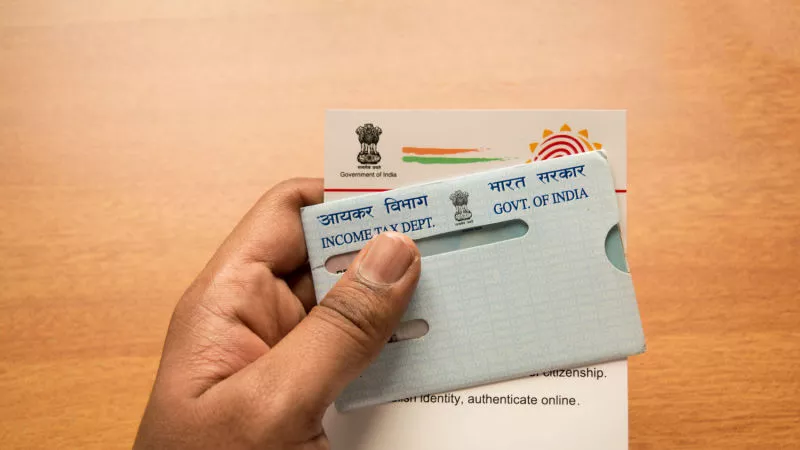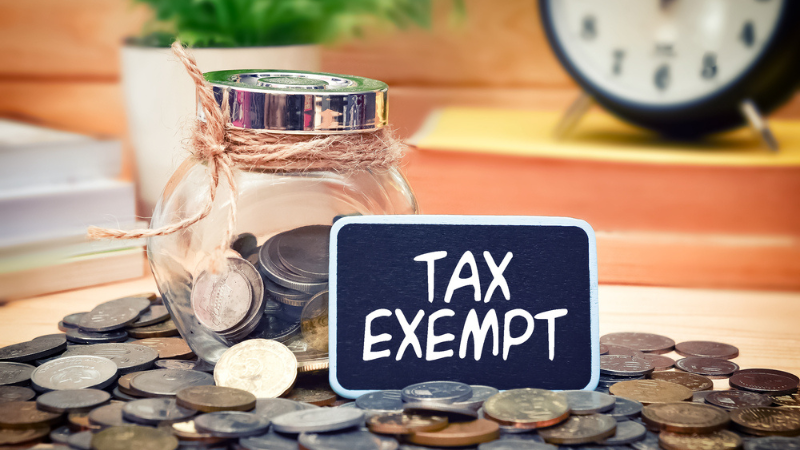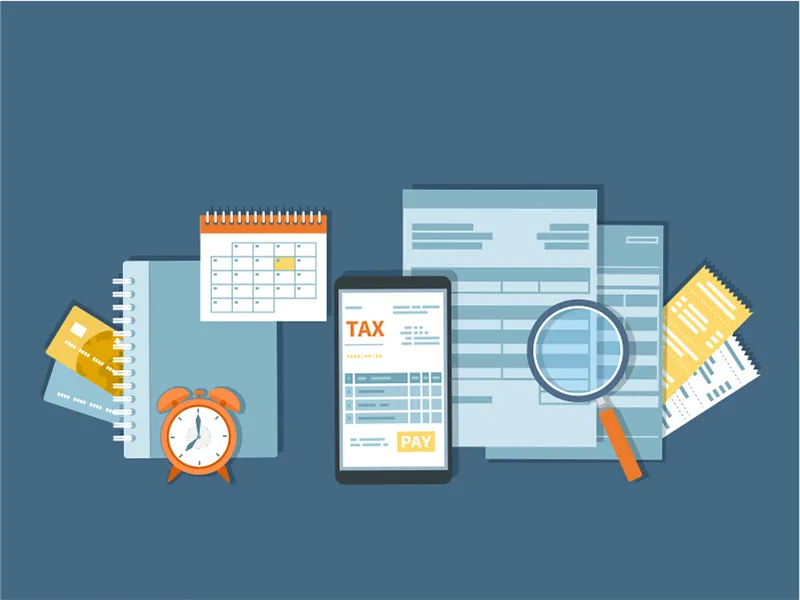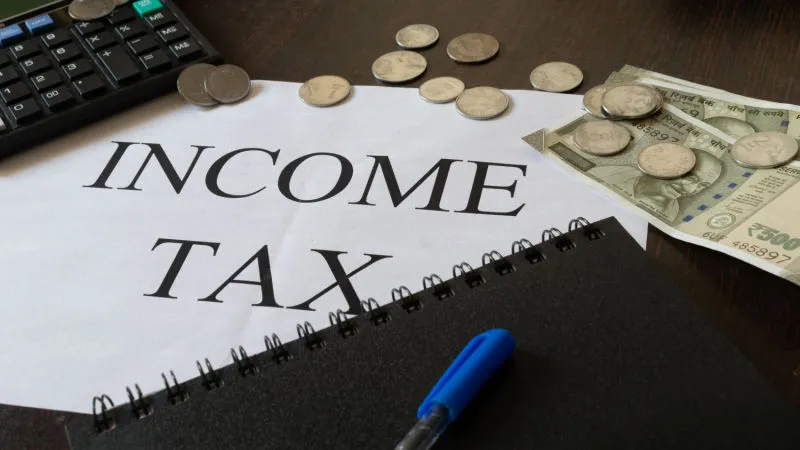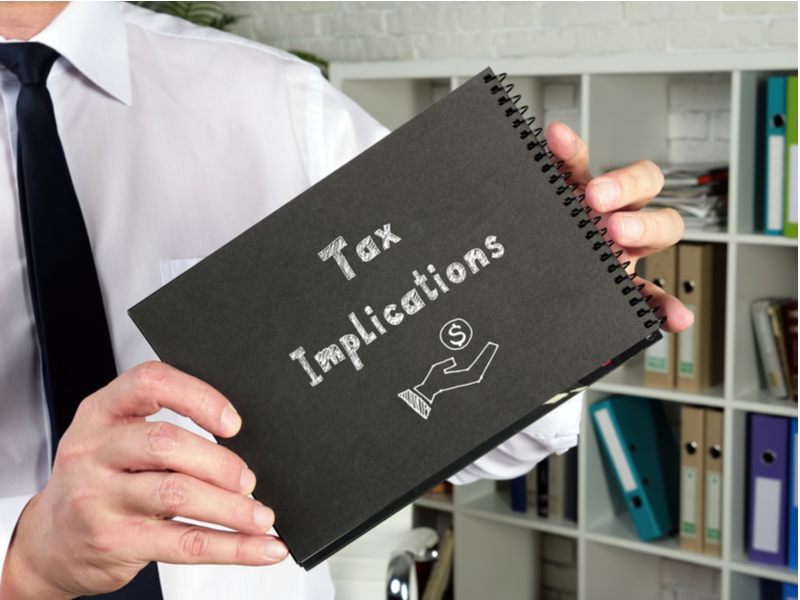
Salaried employees in India, especially those working in the organised sector often get something known as Special allowance as part of their monthly salaries. This is a fixed amount given to employees by their employers apart from their basic salary. These allowances may be taxable in some cases and may be tax-exempt in certain cases, depending on whether they are considered as part of the total taxable income of an employee.
Here, we will discuss special allowances that are tax exempt as per provisions of Section 10 of the Income tax act.
What is special allowance in salary as per Section 10?
Under Section 10(14) of the Income Tax Act, 1961, some of the special allowances that are part of an individual’s salary are exempted from tax. Let’s see how the section defines special allowance in salary.
A special allowance or benefit is a part of an employee’s salary that is given to an employee towards certain expenses that are incurred specifically for carrying out his/her employment duties. It can also include an allowance given to an employee for meeting personal expenses during employment and compensation for the high cost of living. Such an allowance is exempt from tax.
There is a common misconception that special allowance is something like variable income. However, it is in fact a part of an employee’s gross salary. Additionally, the amount and allocation of a special allowance differs across companies and depends on each company’s internal policy. Hence, while company A may give all its employees a special allowance but that may not be true for Company B.
Section 10 (14) of the Income tax act
Section 10 (14) of the Income Tax Act is a crucial provision that exempts certain allowances from tax.
Section 10 (14) (i)
The section covers a wide range of allowances, including travel, daily expenses, and conveyance allowances under Section 10 (14) (i). These allowances are given to employees to meet their daily expenses related to travel and conveyance.
Section 10 (14) (ii)
Section 10 (14) (ii) covers allowances for official duties such as uniforms, research, and other special allowances. These allowances are exempt from tax up to a specified limit, and the remaining amount is taxable.
Read More – New vs Old Regime Online Income Tax Calculator
Tax on special allowance
The table below talks about special allowance categories and special allowance exemptions:
| Special allowance categories | Exemptions under Section 10 |
| Transport allowance | Handicapped employees can claim an exemption of up to Rs. 3,200. |
| Hostel Allowance | Exemption limit is Rs.300 per month per child for up to 2 children. |
| Helper Allowance | Those who may have hired an assistant for fulfilling their employment duties can claim an exemption for such expenses incurred. |
| Daily Allowance | Any expenses incurred towards touring for employment can be claimed for tax exemption. |
| Children’s Education Allowance | Children’s education expenses can be claimed as an exemption for a maximum Rs.100 per month per child for 2 children. |
| Tribal Area Allowance: | Residents of hilly areas, scheduled, and agency areas including Odisha, Uttar Pradesh, Madhya Pradesh, Karnataka, Tamil Nadu, Assam, and Tripura can claim tax exemption of up to Rs. 200 per month. |
| Uniform Allowance: | Expenses incurred for buying and maintaining employment uniform can be claimed as tax exemption. |
| Outstation Allowance: | Maximum allowance can be Rs. 10,000 and maximum exemption can be Rs. 10,000 or 70%, whichever is lower. |
| Academic/Research Allowance: | Academic/research allowance from employer can be claimed for tax exemption. |
| Island Duty Allowance: | Members of the armed forces who have been assigned duties in Lakshadweep and Andaman & Nicobar can claim a maximum tax exemption of up to Rs. 3,250 per month. |
| Travelling Allowance: | Cost of travel for executing duty in another city can be claimed for tax exemption. |
How is special allowance calculated for tax?
If an employee wants to estimate the taxability on the special allowance received by him/her, the first step is to estimate the total amount received under the segment special allowance in the salary slip. All the amounts in this category must be summed up depending on what is offered to an individual by the employer.
Special allowance categories can be divided into 2 parts. Certain type of special allowances are fully taxable and some are either partially tax exempt or fully tax exempt. Some of the conditions that must be met for claiming tax exemption on special allowance are:
- The payment from employer should not be a perk
- Allowance cannot be of a personal nature
- It must be granted solely for meeting expenses that are incurred for carrying out employment duties
- Maximum amount that can be claimed as the tax exemption is limited to the amount received and spent for the purpose mentioned
Individuals receiving allowances exemption
As per Section 10(14)(i) and Section 10(14)(ii), special allowances are exempted for specific individuals, including:
- High Court Judges
- UNO employees
- Government employees who are Indian citizens and are based outside India
- High court and Supreme Court judges who are entitled to receive the Sumptuary Allowance
Maximum Income Tax Exemption Allowed under Section 10
The maximum Income Tax exemption allowed under Section 10 are:
- For individuals below 60 years of age: maximum exemption is Rs. 2.50 lakhs
- For individuals between 60-80 years of age: Maximum exemption is Rs. 3 lakhs (for citizens who are residing in India)
- Individuals over 80 years of age: maximum exemption is Rs. 5 lakhs (for citizens who are residing in India)
Conclusion
While Section 10 of the Income Tax Act states the limit for tax exemption, it does not prescribe any upper limit for special allowance than can be granted by employers to their employees. Employees must therefore check the tax exemption limit before claiming tax exemption on special allowance.
FAQs
From a taxation perspective, dearness allowance, as part of a government employee’s salary, is fully taxable as per the individual’s applicable tax slab rate. On the other hand, special allowance may be paid to both private and public sector employees and is either fully taxable or partially taxable or tax-exempt depending on the expense type and provisions of the IT Act.
Yes, a special allowance can be more or less than the basic salary. This depends on the employer’s policy. However, in most cases, special allowance is lower than basic salary since it is considered as an extra payment.
Yes, special allowance is paid to an employee by the employer as part of his/her monthly salary.
Allowances are benefits offered by an employer to employees for carrying out specific tasks or requirements of the employment. These are a component of the total salary. However, these are not perquisites and are taxed differently from perks.
Yes, as per the new tax regime, income tax benefits up to Rs. 1.5 lakhs are allowed on the maturity benefits from an insurance policy. This is not applicable to ULIP plans, if the total premiums paid is less than or up to Rs. 5 lakhs.

















